Gastro Obscura’s Favorite Stories About LGBTQ+ Trailblazers
From the author of ‘The Gay Cookbook’ to the founder of an early 20th-century teahouse and haven for queer women.
THIS ARTICLE IS ADAPTED FROM THE JUNE 17, 2023, EDITION OF GASTRO OBSCURA’S FAVORITE THINGS NEWSLETTER. YOU CAN SIGN UP HERE.
For much of 20th-century American history, restaurants, bars, and even impromptu potlucks provided safe spaces for the LGBTQ+ community. While specific foods or drinks were never really the point of these spaces, there’s a lot we can learn about queer history through them.
Vegetarian fare sustained lesbian protesters in the 1970s, while tea and community could be found at clandestine queer hangouts in the 1920s. Early LGBTQ+ cookbooks sought to normalize queer joy and, in some cases, fund further activism. This Pride month, here are a few of Gastro’s favorite stories from the archives about LGBTQ+ culinary change-makers.
Years Before Stonewall, a Chef Published the First Gay Cookbook
While a cookbook might not initially seem subversive, in an era when mainstream publishing depicted homosexuality as depraved, writing a cookbook showing happy men in same-sex domestic relationships was a radical act. In 1965, Lou Rand Hogan created a work steeped in queer cultural references and vernacular.
Hogan himself was a fascinating character, whose work to increase the visibility of the LGBTQ+ community continued long after The Gay Cookbook was published.
The Founder of America’s Earliest Lesbian Bar Was Deported for Obscenity
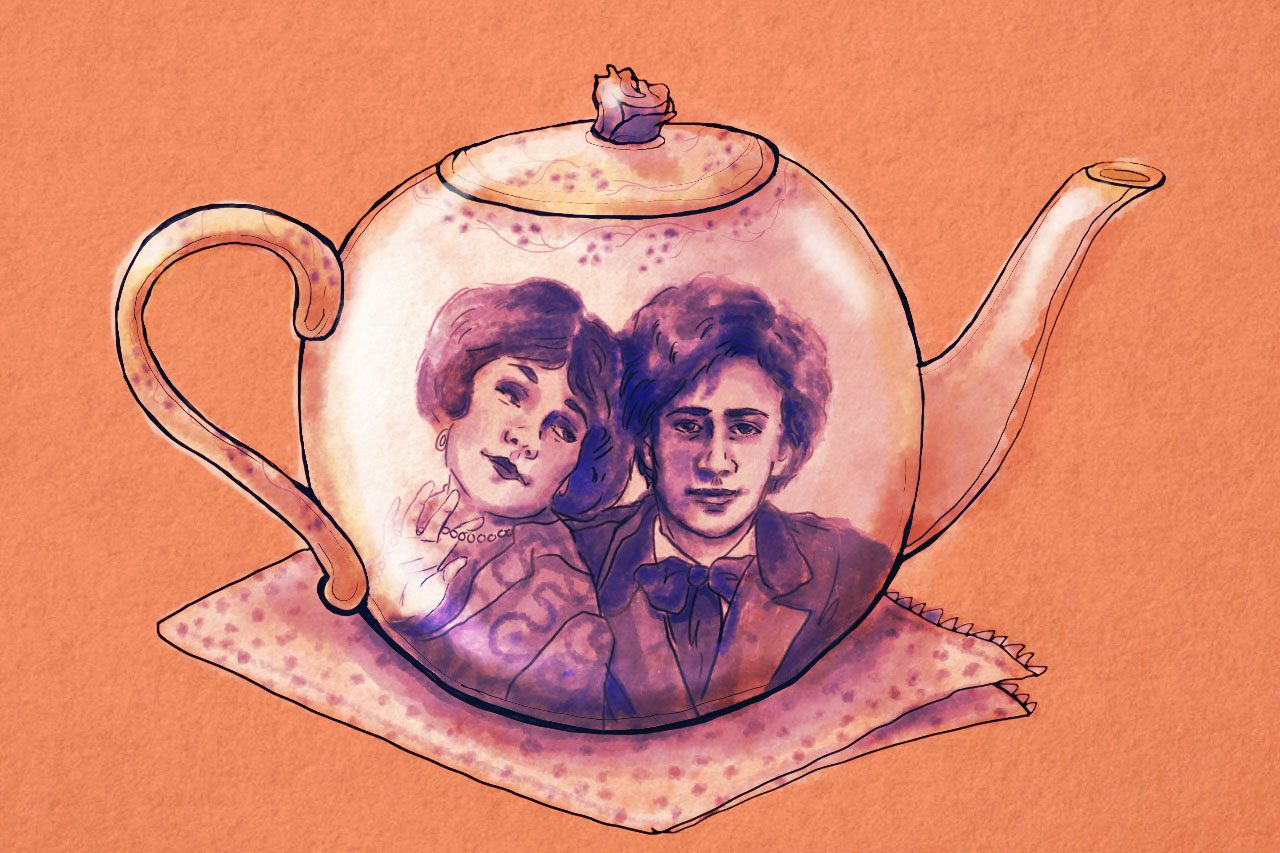

As LGTBQ+ spaces and events face growing repression today, it’s worth reading this sobering account of the founder of Eve Adams’ Tearoom, also known as Eve’s Hangout. Founded in 1925, this post-theater venue on MacDougal Street in Manhattan was a place where queer women could gather and just be themselves.
A critical writer at the time called it a place “where ladies prefer each other,” which he deemed “not very healthy for she-adolescents, nor comfortable for he-men.” But it was also a magnet for Greenwich Village’s bohemian intellectuals, immigrants, and other groups who often faced discrimination in other spaces. The story of Eve Adams is heart-wrenching, but deserving of remembrance.
How Lesbian Potlucks Nourished the LGBTQ Movement
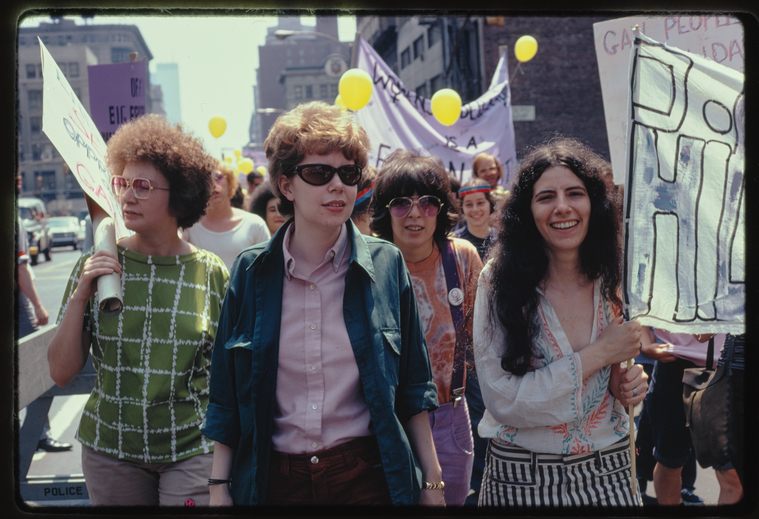
Activists still have to eat. In this piece, author Reina Gattuso explores the makeshift menus and gatherings that fuel protests everywhere from San Francisco in the 1950s to New York today. Historically, most of these events stuck to simple, affordable dishes that could be cooked for the masses.
In the Early 20th Century, America Was Awash in Incredible Queer Nightlife

Going by many standard American history textbooks, queer people were all but invisible for much of the last century, relegated to darkened corners and dingy gay bars. In more recent years, historians such as George Chauncey, author of Gay New York, have vocally debunked this myth.
Although it’s true that many queer and trans people led double lives in the early 20th century, that did not mean that there was no space for joy or celebration. Natalie Zarrelli’s in-depth look at pre-Prohibition drag queens and kings living it up in packed ballrooms is a great read.
How Lesbian Luminaries Put Together a Groundbreaking Cookbook
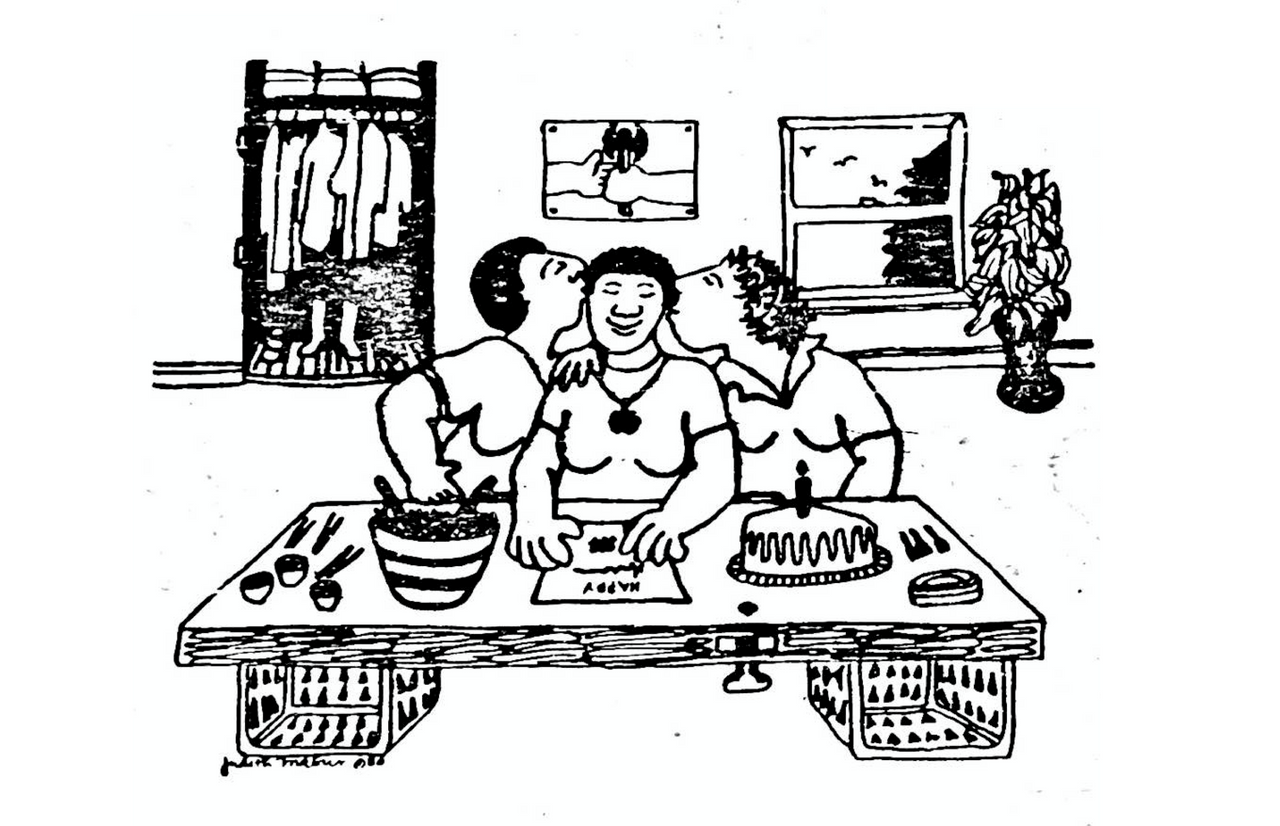
Maya Contenta and Victoria Ramstetter’s 1983 work Whoever Said Dykes Can’t Cook? was a game changer. For starters, it was the first time that queer activists used a cookbook to fundraise for an LGBTQ+ organization—a move that would be repeated many more times in subsequent decades.
Then there’s the list of recipe contributors, which included literati like Barbara Grier, former editor of The Ladder, the publication of the lesbian civil rights group The Daughters of Bilitis, as well as Tee Corinne, a prolific photographer of female nudes. Rachel Hope Cleves dives into what made this DIY publication so revolutionary.
Gastro Obscura covers the world’s most wondrous food and drink.
Sign up for our regular newsletter.




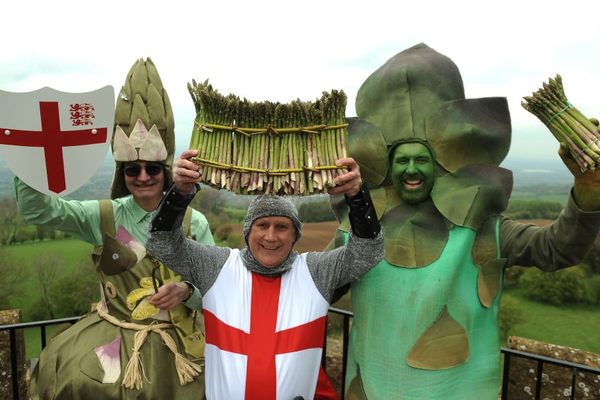

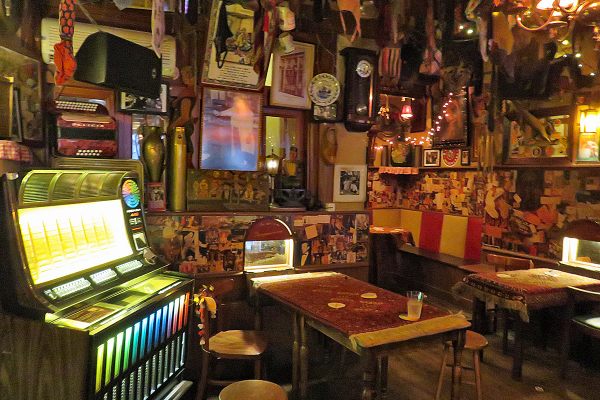
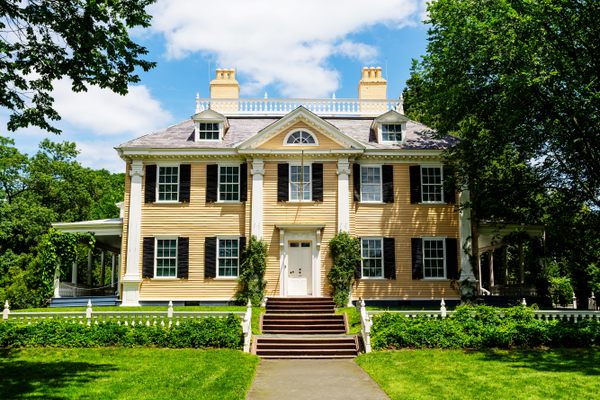


















Follow us on Twitter to get the latest on the world's hidden wonders.
Like us on Facebook to get the latest on the world's hidden wonders.
Follow us on Twitter Like us on Facebook